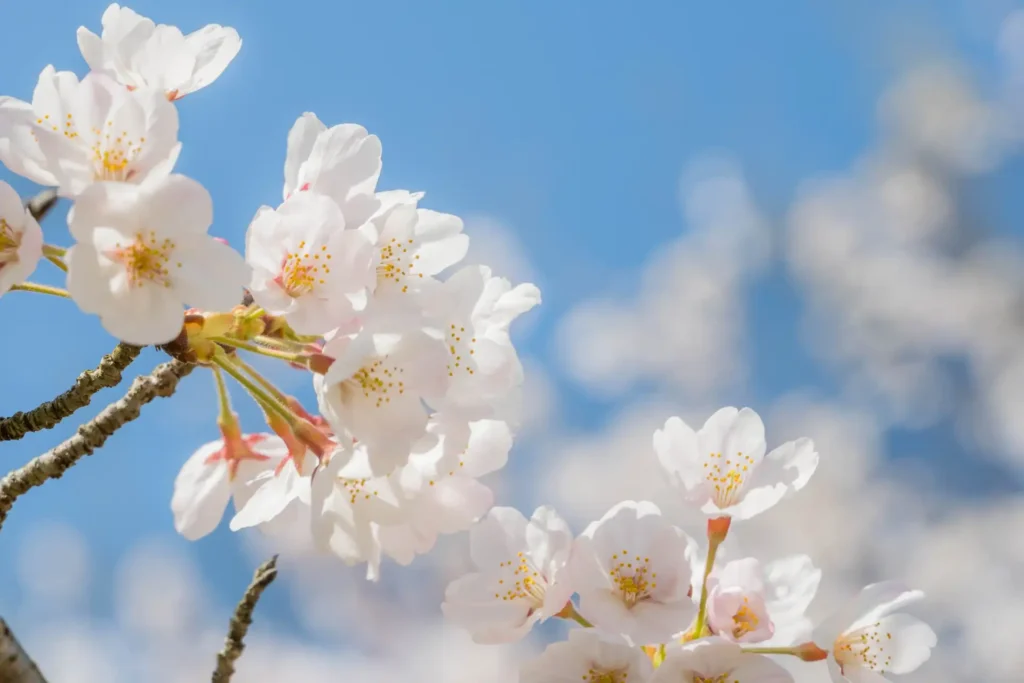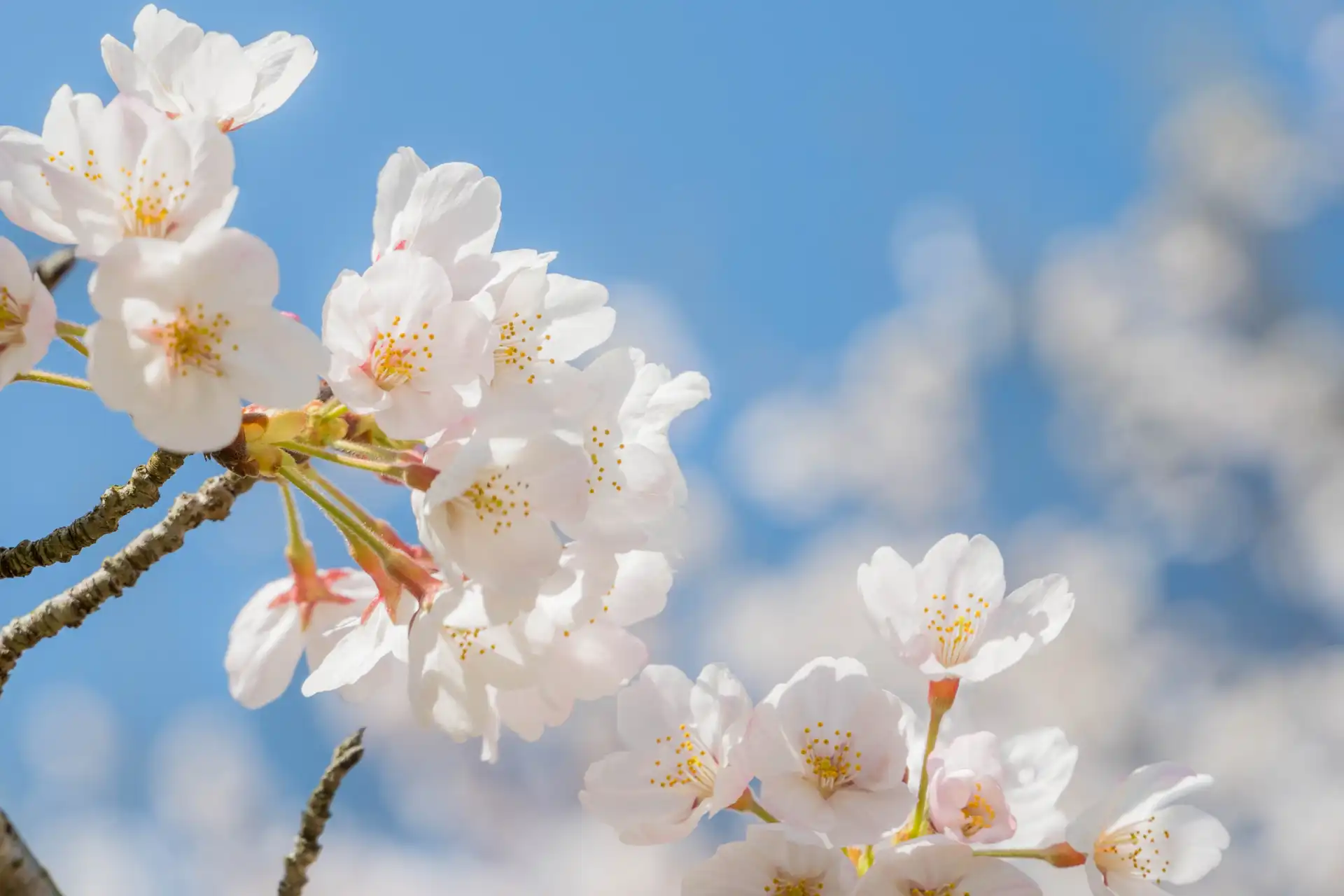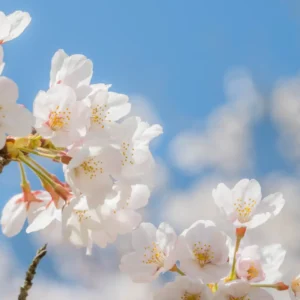Iwate Prefecture: A fascinating place for foreign tourists: A comprehensive look at the attractions of a trip to experience nature, culture, and cuisine


Hello.
This time, 「せんりみち」 is proud to bring you an article titled 「Iwate Prefecture: A fascinating place for foreign tourists: A comprehensive look at the attractions of a trip to experience nature, culture, and cuisine」 Here you go!
Japan is home to many fascinating tourist destinations, but Iwate Prefecture has been gaining attention from international tourists in recent years. While Iwate may seem somewhat overshadowed by Tokyo, Kyoto, and Osaka, its unique charms abound, captivating visitors with its deep history, natural beauty, traditional culture, and cuisine. This article provides comprehensive information on how international tourists can fully enjoy Iwate, including specific tourist spots, experiential activities, access methods, and language support, from three perspectives: domestic travel, international travelers, and Iwate Prefecture. This information is also useful for international travelers hesitant to visit due to language and cultural barriers, as well as those planning to invite friends from their home countries to Japan. We introduce facilities and services designed with international visitors in mind, as well as provide detailed information on hidden gems in Iwate. Experience Iwate's rich natural environment, history, and artisan culture, and experience a truly experiential journey that transcends the traditional tourist experience.
Table of Contents
Basic information about Iwate Prefecture and why it's worth visiting for foreigners
Geography and Climate of Iwate Prefecture
Iwate Prefecture is located in the northern part of the Tohoku region and is the second largest prefecture in Japan. It is surrounded by Aomori Prefecture to the north, Akita Prefecture to the west, and Miyagi Prefecture to the south, and faces the Pacific Ocean to the east. With a ria coast to the east and the Ou Mountains to the west, Iwate is characterized by beautiful natural scenery that changes with the seasons. While it is possible to visit all year round, each season has its own unique charm, with cherry blossoms in spring, festivals in summer, autumn leaves, and snowy winter scenery, making it popular with foreign tourists. In addition, the prefecture experiences relatively little typhoon damage and has low precipitation, making it a climate that supports a comfortable trip.
Good public safety and extensive tourist infrastructure
Japan as a whole is widely known as a safe country, but Iwate Prefecture has a particularly low crime rate, allowing you to enjoy sightseeing safely, even traveling at night. In addition, tourist information centers, stations, and major facilities are increasingly providing English signs and English-speaking staff, providing a friendly infrastructure for foreign tourists. Iwate Prefecture's official tourism portal site is available in English, Korean, and Chinese (traditional and simplified), providing a convenient support system for foreigners who want to gather information before planning their trip.
Iwate's famous spots where you can experience history and culture
Hiraizumi and Chusonji Temple: Experience Japanese Buddhist Culture
Chusonji Temple, located in Hiraizumi town in southern Iwate Prefecture, is a UNESCO World Heritage Site and a must-see spot for foreigners interested in Japanese culture. The Golden Hall in particular is considered the pinnacle of Japanese Buddhist art due to its gorgeous decoration and historical value. Multilingual guided tours are available, and free pamphlets in English, Chinese, and Korean are distributed, making it popular with foreign tourists.
Esashi Fujiwara no Sato: Travel through time at this outdoor historical theme park
Esashi Fujiwara no Sato, a tourist facility that recreates the townscape of the Heian period on a full scale, is also a highly rated spot among foreign tourists. There are plenty of activities to enjoy while learning about Japanese medieval culture, such as trying on armor and archery, and the area is frequently used as a filming location for Japanese dramas. It is extremely popular with Western travelers who enjoy slow travel.
Iwate's scenic spots brought to you by nature
Ryusendo Cave: A Mysterious Blue World
Ryusendo Cave, located in Iwaizumi Town in the northern part of Iwate Prefecture, is one of Japan's three largest limestone caves, and is known as the "mysterious blue" of its underground lake, particularly due to its depth and transparency. It is becoming increasingly popular with foreign tourists as a spot where they can experience the power and beauty of nature up close. In addition, there are guidance signs in English, Korean, and Chinese around Ryusendo Cave, making it easily accessible for foreign language speakers.
Jodogahama: Spectacular views of the ria coast
Located on the Sanriku Coast, Jodogahama is known as a "beautiful beach like paradise," as its name suggests, and the contrast between the white rocks and the deep blue sea captivates visitors. There are also plenty of activities perfect for active foreign tourists, including cruise ships and sea kayaking. Drone photography is also permitted at the gazebo on the beach, and many travelers visit to take footage for social media.
Iwate's food culture and gourmet experiences
Wankosoba experience: Japanese speed-eating culture that even foreigners are crazy about
Around Morioka Station, there are several spots where you can try "wankosoba," a dish that is popular with foreign tourists. The style of serving bite-sized soba noodles one after another into a bowl has been spreading on social media as a gourmet experience that can be enjoyed like a game. English-speaking staff and menus are available, so even travelers who are worried about language skills can rest assured.
Morioka Reimen and Jajamen: The King of B-Class Gourmet
Morioka Reimen, Jajamen, and Wankosoba are known as the three great noodles of Iwate, and are exquisite dishes that you will never tire of, no matter how many times you visit. Morioka Reimen in particular has its roots in Korean Reimen, and while it brings a sense of nostalgia to Korean visitors to Japan, it seems to be a fresh experience for Westerners. Spicy and healthy gourmet food is catering to a variety of needs, with an increasing number of restaurants catering to vegetarians and vegans.
The charm of Iwate through traditional crafts and local experiences
Nanbu Ironware Workshop Tour and Experience
Foreign tourists are delighted with the opportunity to experience making "Nambu Ironware," a traditional craft of Iwate. Morioka City has a workshop where you can actually make a small teapot, with English-speaking staff. You can take home the work you made, making it a very memorable experience.
Tono's folk tales and monster culture
For foreigners interested in Japanese folk tales, Tono's "Kappa Legend" and "Zashiki Warashi" are popular as very unique cultural experiences. Tono city also offers guided tours of folk tales told in English and an exhibition hall themed on yokai, attracting the interest of travelers who want to experience deep Japan.
Iwate's tourist services are friendly to foreign tourists
Multilingual tourist information center
The number of information centers offering English, Korean, and Chinese is increasing at major tourist destinations and transportation hubs in Iwate Prefecture. Tourist information centers in Morioka Station, Hanamaki Airport, and Hiraizumi are equipped with maps, route guides, and Wi-Fi access for foreigners.
Access and transportation
Iwate Prefecture is accessible from Tokyo Station by Shinkansen (Tohoku Shinkansen) in approximately 2 hours and 30 minutes. Hanamaki Airport is also located here, so flights from both within Japan and overseas are also available. Travel within the prefecture is mainly by bus or rental car, but there is also a transportation pass for foreign tourists called "Iwate Tabiccha!", which makes travelling affordable and convenient.
Iwate Prefecture's popular spots for social media and photography enthusiasts
Geibikei Gorge Boat Ride: The beauty of the valley changes with the seasons
One activity that is particularly popular among Western travelers is the boat ride down Geibikei Gorge in Ichinoseki City, Iwate Prefecture. The boatman steers the boat down the river, surrounded by seasonal scenery, making for a truly charming experience. Listening to waka poetry recitations accompanied by multilingual commentary never ceases to captivate visitors.
Mt. Hayachine: A sacred place where gods are said to reside
Mt. Hayachine, one of Japan's 100 most famous mountains, has long been revered as an object of faith and is a popular spot for hikers and photographers. The colorful leaves in autumn and the blanket of snow in winter create stunning scenery, making it a popular photo spot on Instagram and other platforms.
summary
Iwate Prefecture is a special place where you can experience a deeper Japan, different from standard tourist destinations like Tokyo and Kyoto. From the majesty of nature, historic temples and shrines, traditional crafts, local cuisine, and unique yokai culture, Iwate Prefecture is filled with attractions that satisfy the intellectual curiosity and aesthetic sensibilities of international visitors. Furthermore, with advances in foreign language support and easy access, Iwate Prefecture is rapidly gaining recognition as a "foreigner-friendly tourist destination." As Iwate Prefecture continues to attract increasing attention, it is essential to consider both the perspectives of foreign visitors and those who welcome them, and develop an even better tourism experience. A trip to Iwate is more than just sightseeing. Sharing a rich experience that will remain in the hearts of visitors is the essence of tourism in Iwate Prefecture.


Today's article was Iwate Prefecture: A fascinating place for foreign tourists: A comprehensive look at the attractions of a trip to experience nature, culture, and cuisine from 「せんりみち」.
We hope that you will also discover new knowledge from the #tag keywords below.




